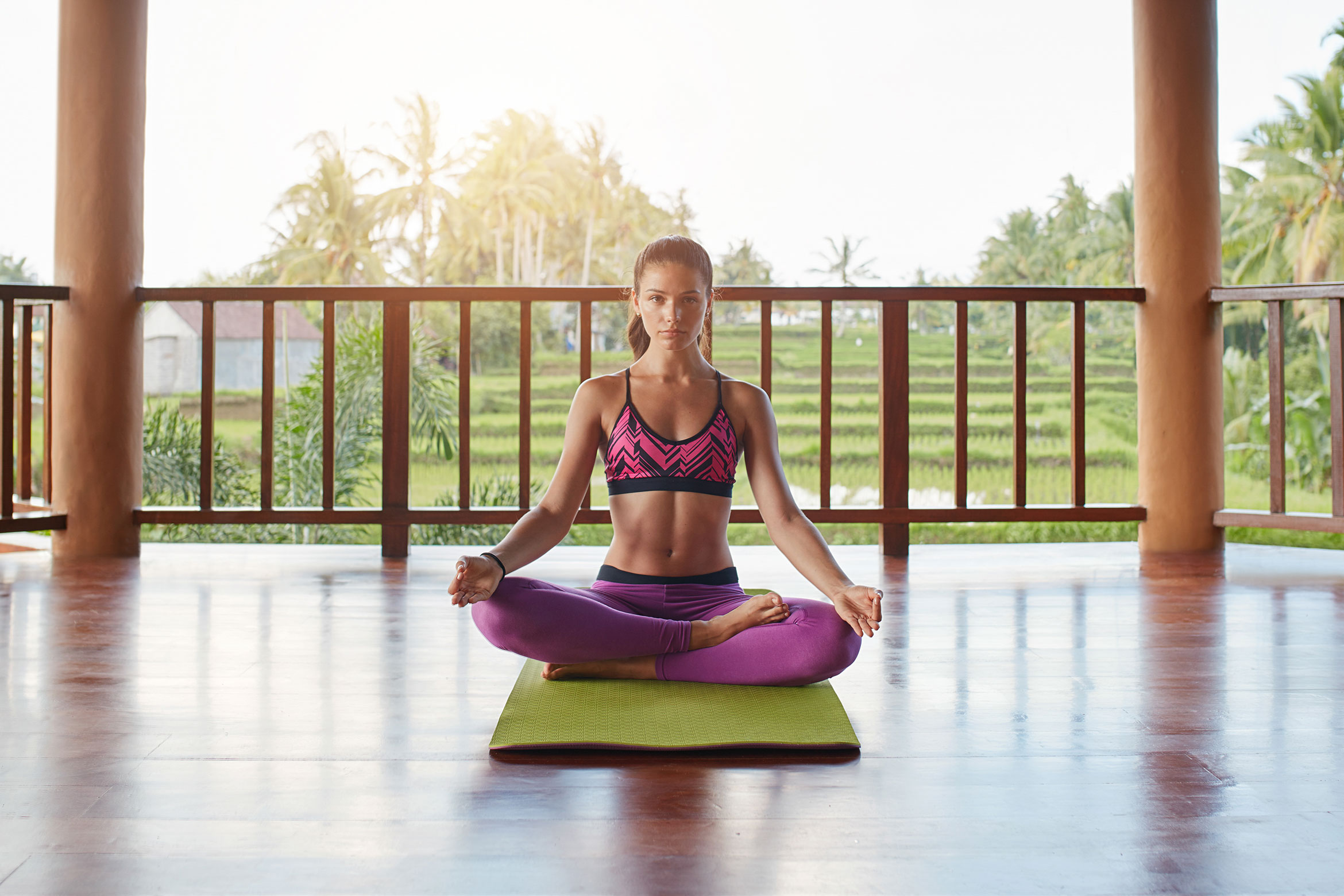Every exceptional yoga class (or practice) shares certain core features that ensure safety, effectiveness, and a deeply rewarding experience. Whether you’re teaching or choosing a class, look for these ten key elements:
- Qualified, Compassionate Instructor
A great teacher brings both solid training (200-hour minimum, ideally 500+) and a caring presence. They offer clear cues, personalized adjustments, and genuine encouragement—balancing technical expertise with empathy. - Thoughtful Class Structure
From warm-up through peak poses to cooldown, the sequence should flow logically. A well-paced class includes:- Gentle opening postures to awaken the body
- Gradual build toward heart-opening or challenging asanas
- Sufficient time for deep stretches and final relaxation
- Clear Alignment & Safety Guidance
Attention to alignment protects joints and prevents injury. Look for instructors who:- Cue foundational landmarks (hips over ankles, neutral spine)
- Offer modifications or props for varying bodies
- Remind you to listen to your edge, not push past it
- Breath-Centered Practice
Synchronizing movement with breath (vinyasa) or explicit pranayama segments deepens focus and manages energy. A balanced class weaves in:- Ujjayi or other supportive breathing techniques
- Moments of pranayama practice or mindful breathing breaks
- Adaptability for All Levels
Whether it’s a mixed-level drop-in or a beginner workshop, a stellar class welcomes diverse abilities. Instructors should:- Offer three-tiered options (beginner, intermediate, advanced)
- Provide hands-on or verbal adjustments to support each student
- Integrative Mindfulness & Meditation
Yoga is more than movement—it’s a mind-body practice. The best sessions include:- A brief guided meditation or body scan
- Invitations to turn inward, observe thoughts, and cultivate self-awareness
- Intentional Use of Props & Modifications
Blocks, straps, bolsters, and blankets aren’t extras—they’re tools. Top-tier classes:- Demonstrate proper prop setup
- Encourage their use to deepen stretches or support alignment
- Engaging, Supportive Environment
The physical space and community vibe matter. Features to notice:- Clean, well-ventilated studio or clear online audio/video
- Positive, non-competitive atmosphere
- Connection opportunities (brief check-ins, post-class chats)
- Focus on Functional Strength & Flexibility
Beyond aesthetics, poses should build usable strength and mobility. Look for classes that:- Emphasize core stability, joint integrity, and balance
- Address common “real-life” movement patterns (lifting, reaching, twisting)
- Meaningful Philosophical or Ethical Insight
A brief nod to yogic principles elevates practice beyond exercise. Whether it’s a one-sentence reflection on ahimsa (non-harm) or an invitation to set a personal intention (sankalpa), weaving in philosophy fosters growth on and off the mat.
Putting It into Practice
When scouting a new class—or designing your own—use this checklist to ensure every session combines skillful instruction, safety, and depth. The result? A yoga experience that strengthens your body, calms your mind, and nourishes your spirit—every single time.



